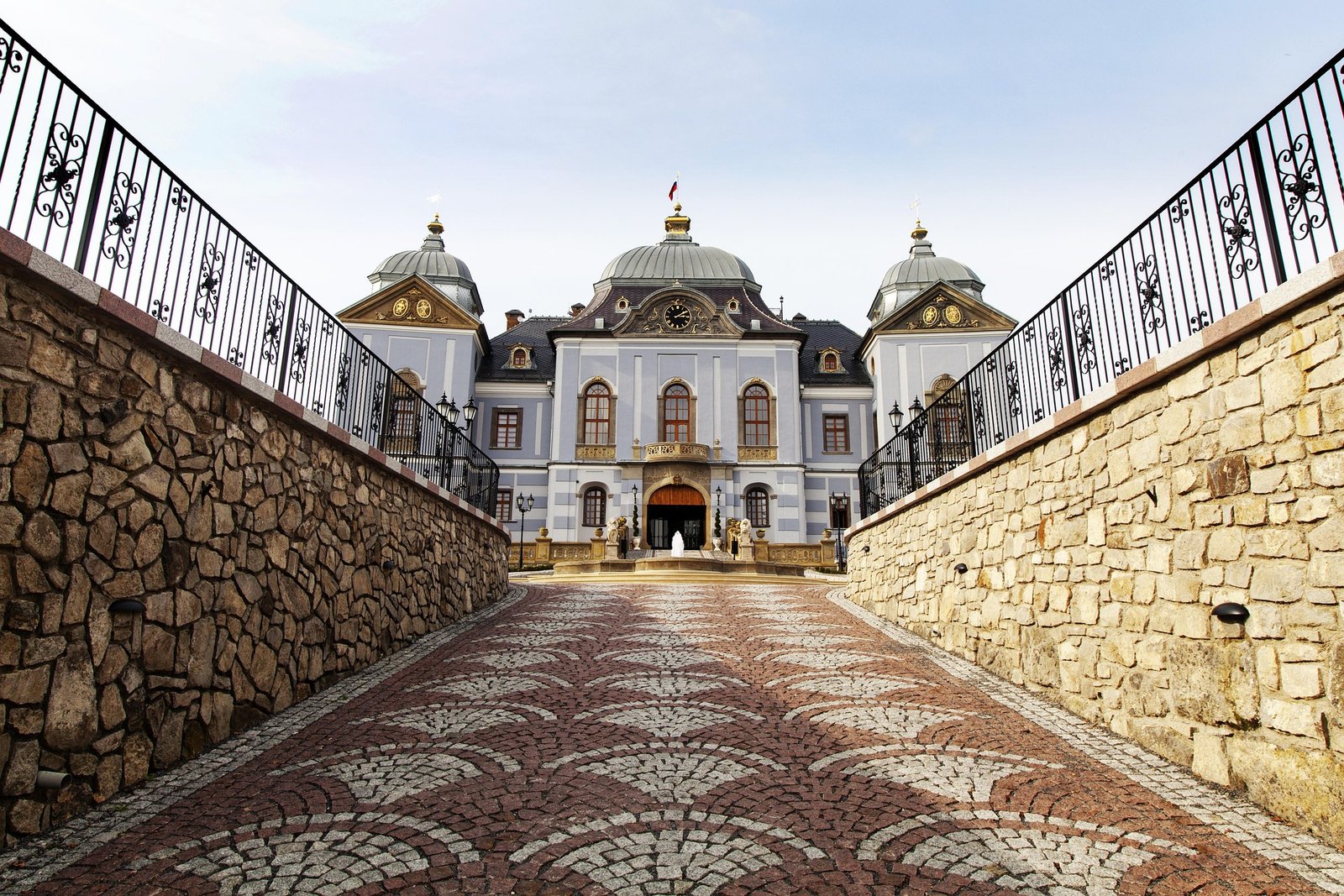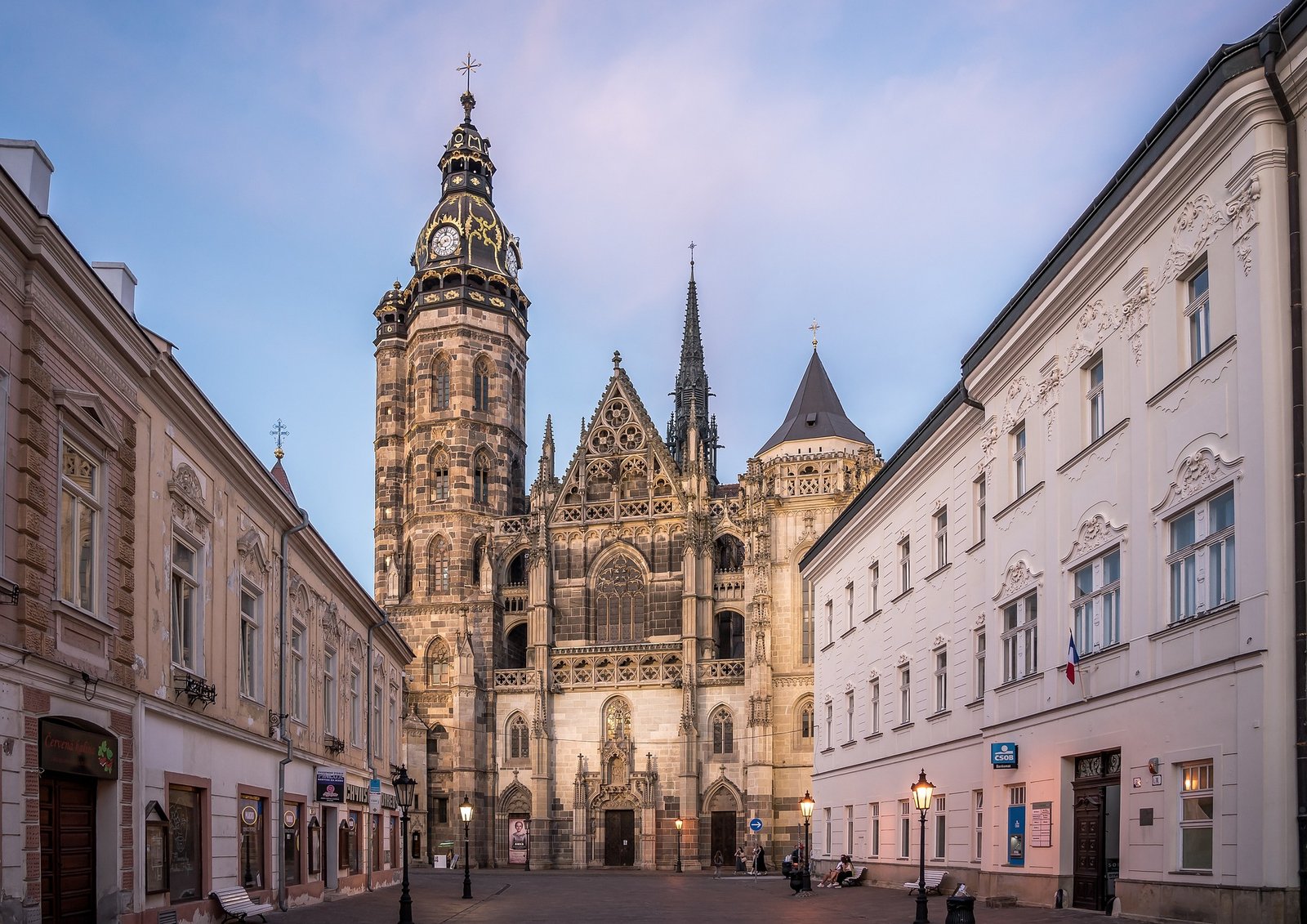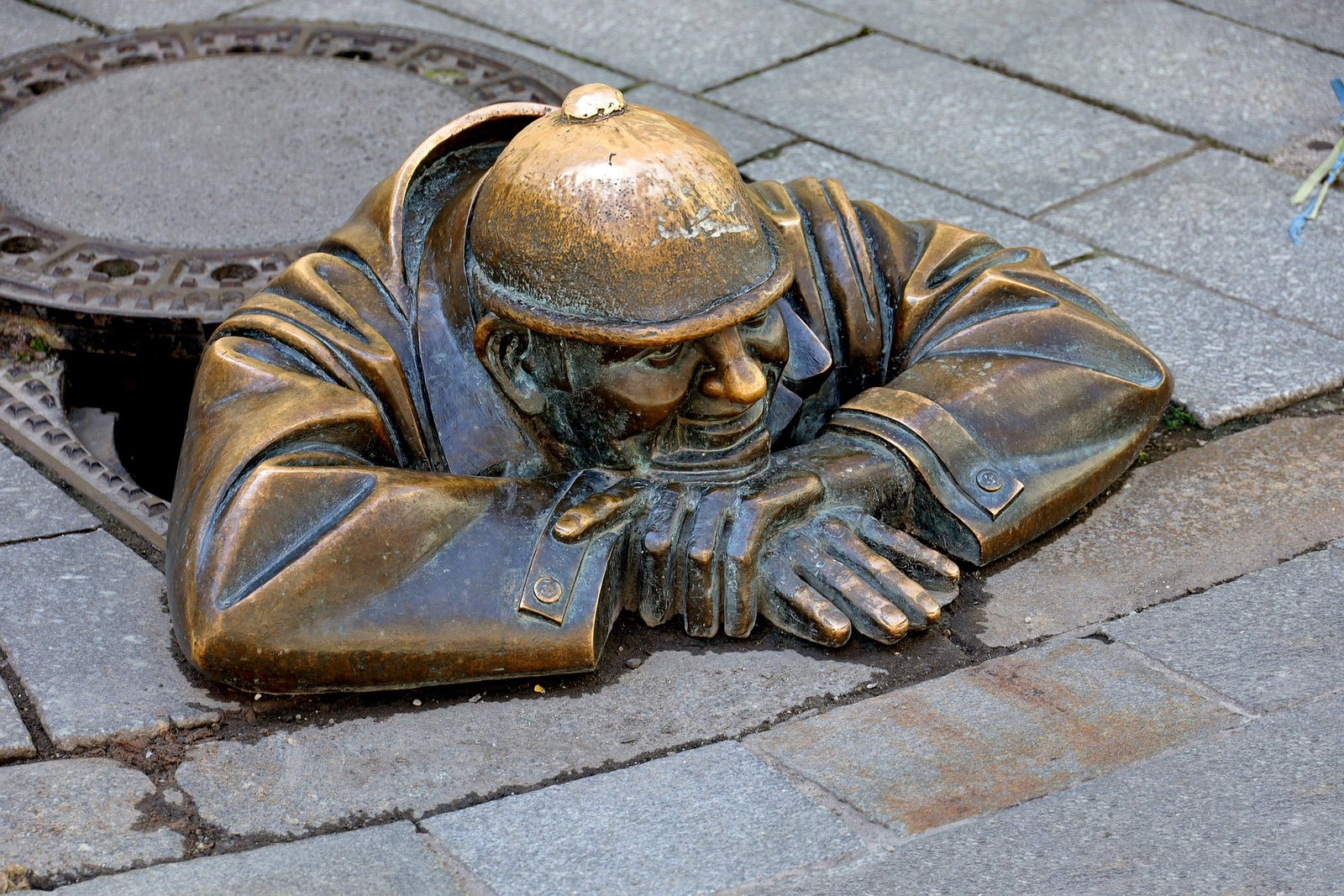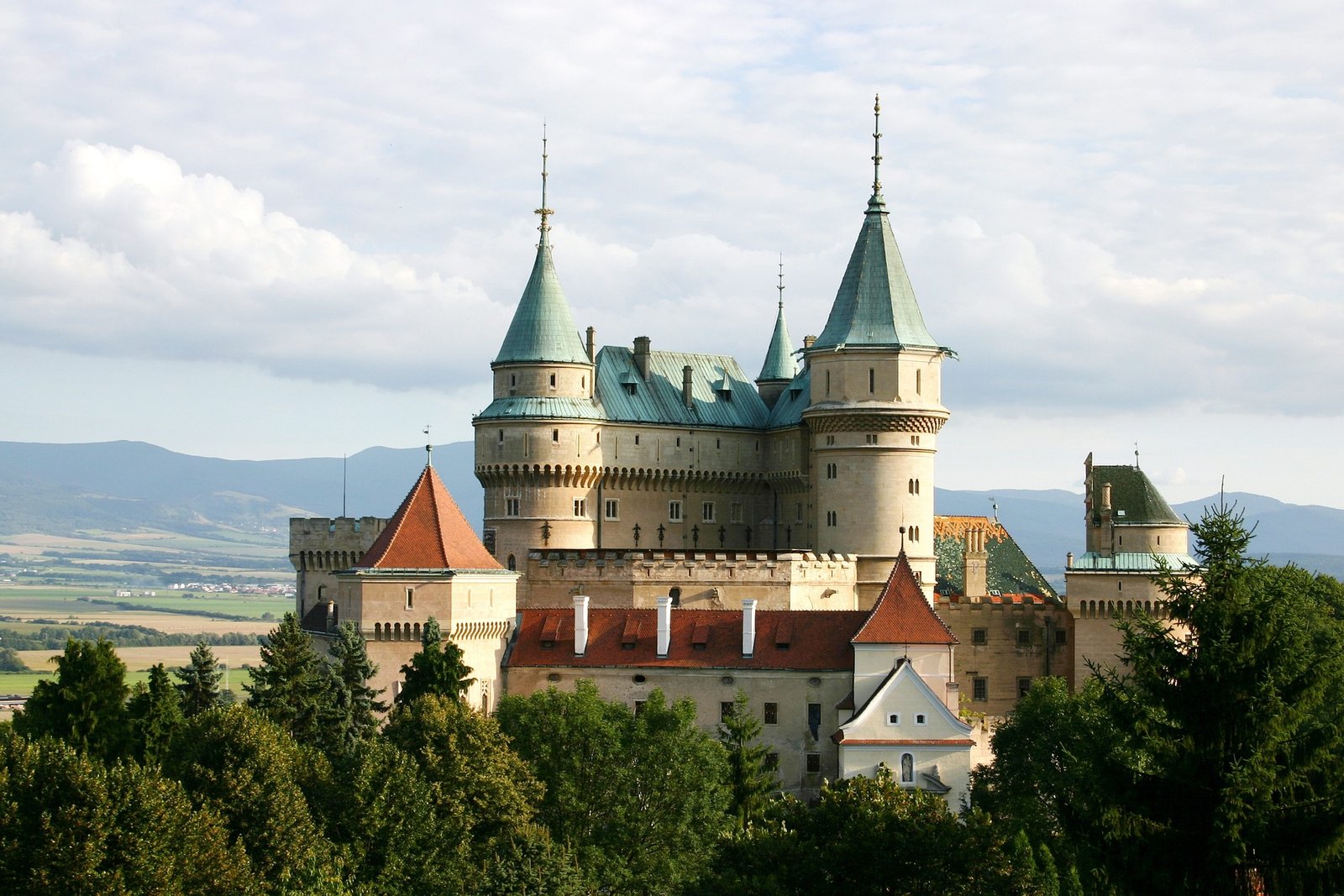
Image by Katka Gibalova
Teaching English in Slovakia is an enriching experience that offers the opportunity to immerse yourself in a unique cultural landscape while making a significant impact on the lives of students. Slovakia, with its stunning natural beauty, historical charm, and warm, welcoming people, provides an ideal backdrop for both personal and professional growth. As an English teacher, you’ll help bridge communication gaps, open doors to global opportunities for your students, and foster a love for language learning. Additionally, living in Slovakia allows you to explore its picturesque castles, vibrant cities, and breathtaking mountains, making your teaching journey as rewarding and adventurous as it is meaningful.
As the capital city, Bratislava is the political, cultural, and economic centre of Slovakia. It offers a vibrant mix of historical architecture, lively nightlife, and a rich cultural scene with numerous museums, galleries, and theatres. The city’s strategic location along the Danube River also makes it a hub for international trade and tourism.

Image by Leonhard Niederwimmer
Known for its well-preserved medieval centre and Gothic St. Elisabeth Cathedral, Košice is the second-largest city in Slovakia. It hosts a variety of cultural festivals and events, and its charming streets and squares make it a popular destination for both tourists and locals. The city’s vibrant atmosphere is further enhanced by its bustling cafes, shops, and lively public spaces.
It is the third-largest city in the country, and is well-known for its rich history, vibrant culture, and architectural beauty. Prešov boasts a charming old town with impressive historical buildings, churches, and a lively cultural scene. It is also a hub for education and industry in the region, making it an important city both economically and culturally.
Fun Fact: Slovakia has the highest number of castles per capita in the world.

Image by Albert Hovorka
Spiš Castle: One of the largest castles in Central Europe, this UNESCO World Heritage site is a must-visit for history enthusiasts.
Bratislava Castle: Perched atop a hill overlooking the Danube River, this iconic castle offers stunning views and a glimpse into Slovakia’s history.
Slovak Paradise National Park: Known for its picturesque gorges, waterfalls, and unique hiking trails with ladders and bridges.
Banská Štiavnica: A charming medieval town and UNESCO World Heritage site, famous for its mining history and beautiful architecture.
Čičmany: A village known for its distinctive folk architecture with white-painted, geometric patterns on wooden houses.

Image by Eszter Miller
High Tatras: A mountain range offering excellent opportunities for hiking, skiing, and enjoying breathtaking natural scenery.
Devin Castle: Located near Bratislava, this historic castle ruins offer scenic views of the confluence of the Danube and Morava rivers.
Demanovska Cave of Liberty: A stunning cave system in the Low Tatras, featuring impressive stalactites, stalagmites, and underground lakes.
Kosice Old Town: Explore the historical center of Slovakia’s second-largest city, with highlights such as St. Elisabeth Cathedral and the Singing Fountain.
Orava Castle: A picturesque castle perched on a high rock above the Orava River, known for its dramatic location and historical significance.

Image by Faraway Worlds
Slovak cuisine offers a variety of delicious and hearty dishes that reflect the country’s rich cultural heritage and agricultural traditions. Here are five traditional Slovakian foods you should try:
Bryndzové Halušky: This national dish consists of potato dumplings (halušky) mixed with a creamy, tangy sheep cheese called bryndza, and topped with crispy bacon bits. It’s a comforting and flavourful dish that showcases Slovakia’s love for simple, yet satisfying ingredients.
Kapustnica: A traditional sauerkraut soup often enjoyed during Christmas but available year-round. It’s made with fermented cabbage, smoked sausage, mushrooms, and sometimes dried plums or apples for added flavour. This hearty soup is both warming and nutritious.
Lokše: Potato pancakes that are typically served with a variety of fillings. They can be sweet, filled with poppy seeds or jam, or savory, stuffed with duck or goose meat. Lokše are often enjoyed during festivals and are a beloved street food.
Žemľovka: A sweet bread pudding made from layers of bread soaked in a mixture of milk and eggs, interspersed with apples, cinnamon, and sometimes raisins. It’s baked until golden brown and served as a delightful dessert or even a main dish.
Trdelník: Also known as chimney cake, this pastry is made by wrapping dough around a spit and roasting it over an open flame. It’s then rolled in sugar and nuts, resulting in a crispy exterior and soft, sweet interior. Trdelník is a popular treat at fairs and Christmas markets.

Image by RaKr_2
Hospitality: Slovaks are known for their warm hospitality and friendliness. Guests are often treated with great respect and offered homemade food and drinks.
Traditional Music and Dance: Folk music and dance play a significant role in Slovak culture. Traditional instruments like the fujara (a large shepherd’s flute) and cimbalom (a type of dulcimer) are commonly used, and folk dances are vibrant and energetic.
Festivals and Celebrations: Slovakia hosts numerous festivals throughout the year, celebrating everything from music and film to traditional crafts and harvests. Notable festivals include the Bratislava Music Festival and the Východná Folklore Festival.
Community-Oriented: Slovaks value community and often engage in activities that strengthen communal bonds. Whether through local festivals, community projects, or social gatherings, there’s a strong emphasis on maintaining close-knit community ties.
Family Values: Family plays a central role in Slovak society. Extended families often live close to each other, and family gatherings are frequent and important, especially during holidays and celebrations.
Love for Nature: Slovaks have a strong connection to nature and outdoor activities. The country’s diverse landscapes, including mountains, forests, and rivers, provide ample opportunities for hiking, skiing, and other outdoor pursuits.
Historical Heritage: Slovakia has a rich historical and cultural heritage, with numerous castles, medieval towns, and UNESCO World Heritage sites. The preservation of historical landmarks is a point of pride, reflecting the nation’s deep respect for its past.

Image by Katka Gibalova
All that is required to teach English in Slovakia is a TESOL Certification, such as TESOL Australia’s exclusive International TESOL Certificate.
Teaching English in Slovakia offers an extraordinary opportunity to immerse yourself in a vibrant culture while making a lasting impact on the lives of students. Slovak people are known for their warmth and hospitality, creating a welcoming environment for English teachers. The country’s rich traditions, stunning landscapes, and historical heritage provide a fascinating backdrop for both personal and professional growth. As an ESL teacher, living in Slovakia allows you to explore its picturesque towns, majestic castles, and breathtaking natural beauty, creating an unforgettable time while teaching and living in Slovakia.